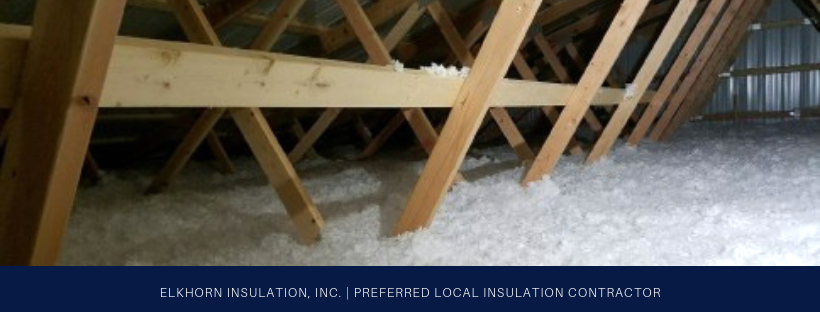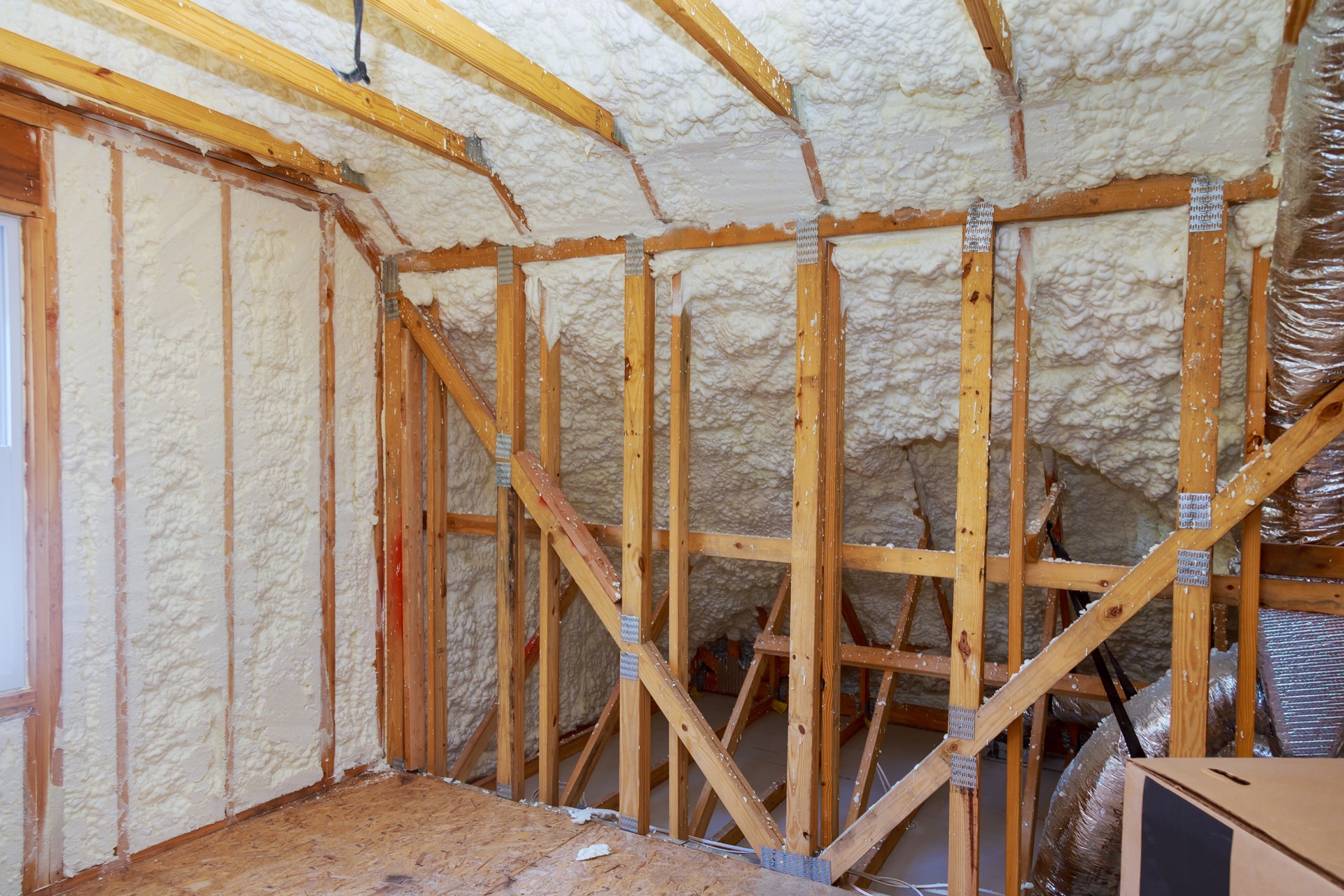Image Source: FreeImages
When you live in a house with a basement, ceiling, or attic, you might not be able to control the ambient noise. However, this doesn’t mean that there aren’t ways to make your home quieter. In fact, one of the easiest things you can do is to install an insulated floor. What exactly is an insulated floor and how will it help reduce noise? Keep reading to learn more.
What is an insulated floor?
When you install an insulated floor, you are adding an extra layer of insulation to your home’s subfloor. Most commonly, this is done with a thick foam, although some other types of insulation can be used as well. In most homes, the subfloor is just a layer of wood that sits below the finish flooring. If you have an older house with little or no insulation, then that subfloor is not only uninsulated, it’s also probably cold, which can cause you to lose a lot of heat through the flooring. An insulated floor can help fix this by creating an effective barrier against noise and cold. In fact, the thermal resistance of an insulated subfloor can be the same as that of the walls in your home. One of the best things about an insulated floor is that it can be installed over a subfloor that has already been finished. This means that you won’t have to tear out your existing flooring in order to install an insulated floor.
How does an insulated floor reduce noise?
In addition to keeping your home warmer, an insulated floor can also help to reduce noise. This is because an insulated subfloor offers a much greater level of soundproofing than an uninsulated subfloor. You might be wondering why this is. It’s because sound travels via vibration. The vibration travels through the air, up through your subfloor, and into the rest of the house. More insulation means less vibration, which means that your floor offers less sound transmission. In fact, many insulated subfloors are rated as noisier than a comparable vinyl flooring. Moreover, many homeowners report that they can hear less noise coming from the floors above and below them once they have installed an insulated subfloor. The best part is that you don’t have to replace your existing flooring in order to get these benefits.
Installation options for an insulated floor
There are two main options for installing an insulated floor: You can either frame or board-walk the subfloor. Framing is the process of adding 2 x 4 joists on top of the subfloor. The joists are what the insulation is installed between. If you board-walk your subfloor, you will lay plywood boards over the top of the subfloor. The insulation is then usually installed between the subfloor and the plywood boards. You can install an insulated floor over any type of subfloor. However, some subfloors are easier to work with than others. For example, if you have a concrete subfloor, framing the subfloor is likely to be the best option. On the other hand, installing over plywood or OSB sheathing is easier if you board-walk the subfloor. The other thing to keep in mind is that if you are installing above a finished floor, you will have to dig down to the subfloor. This means that you will have to remove the finish flooring in order to install the insulation.
Pros of having an insulated floor
As we’ve discussed, an insulated floor is a great option if you want to reduce noise in your home. In fact, it’s possible to reduce the noise from the floor above by up to 50%. This can make life a lot quieter for you and your family members, especially if you live in a house full of kids. If you have a home office or a bedroom that faces a busy street, an insulated floor can also help to reduce the noise from outside. This will make it easier for you to focus on your work or sleep. Another important benefit of an insulated floor is that it can help improve your home’s energy efficiency. This is because insulation, in general, works by preventing heat transfer, which includes the loss of heat through your subfloor. This can help you to reduce the amount of money that you spend on your heating bill each month.
Cons of having an insulated floor
As with any home improvement project, there are a few potential drawbacks to installing an insulated floor. For starters, this is a fairly expensive project. While the cost can vary significantly based on your subfloor, insulation type, and the type of finish flooring you choose, it’s not unusual for the project to cost a few thousand dollars. This doesn’t mean that you have to spend that much, but it’s worth keeping in mind. Another potential drawback is that you will probably have to pay for licensed contractors to install the floor. This is because flooring is a regulated trade in most areas, and roofing contractors aren’t licensed to install subflooring. While this doesn’t mean that you can’t do it yourself, it’s always a good idea to hire a contractor if you don’t have the right experience.
Final words: Is an insulated floor right for you?
If you want to reduce noise in your home, and you have an uninsulated subfloor, installing an insulated floor is an easy and affordable solution. Moreover, if you have an older home, having an insulated floor can also help you to reduce your monthly heating bill. Depending on your subfloor, insulation type, and the type of finish flooring you choose, the cost of an insulated floor can run from a few hundred dollars to a few thousand dollars. This may seem like a lot, but it’s worth it if it means that you can work in peace and sleep better at night. Now you know everything you need to know about insulated floors, you can decide whether or not this is right for you and your home.



